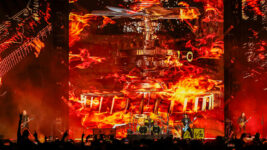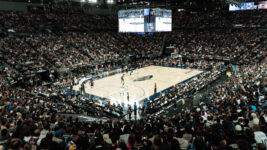NEW ZEALAND
3 Jun 2025
SPARK PLAYS THE GAME
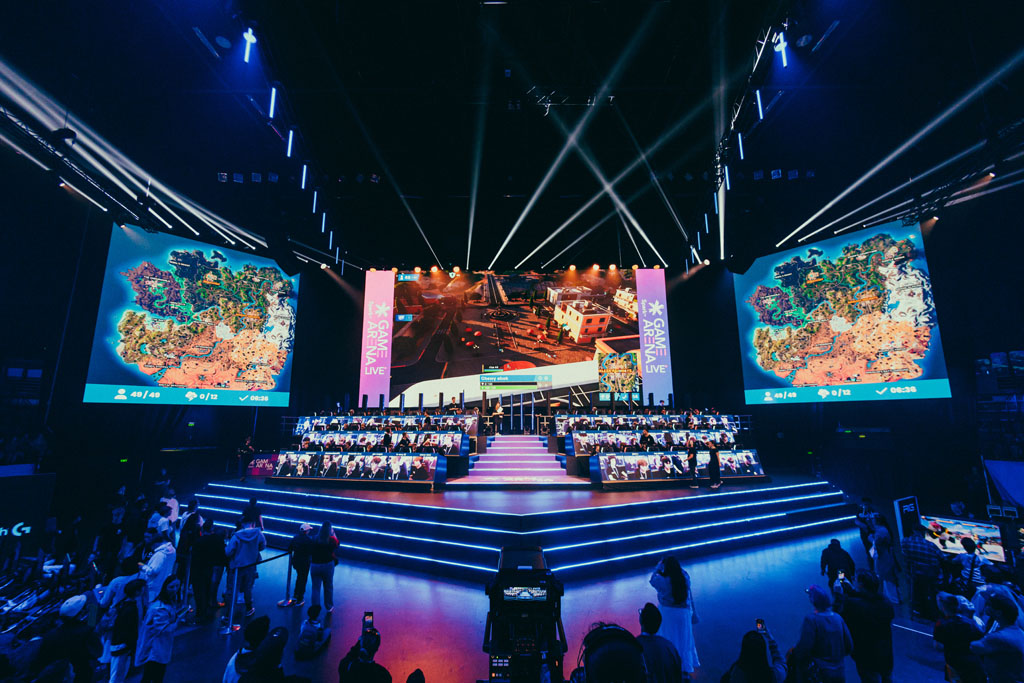
Subscribe to CX E-News
How Spark created an immersive IRL experience for Kiwi gamers
The Mission
In September 2024, Spark Game Arena Live took over Auckland’s Spark Arena, reimagining gaming festivals as a fully immersive, live-action experience. More than just a showcase, it was a game in itself; one where every attendee became a player.
The event marked a major move for Spark Game Arena, a brand platform created to represent Spark’s push into gaming. “We needed something to represent Spark’s contribution to gaming as the provider of the network that people game on,” says Spark’s Ally Young.

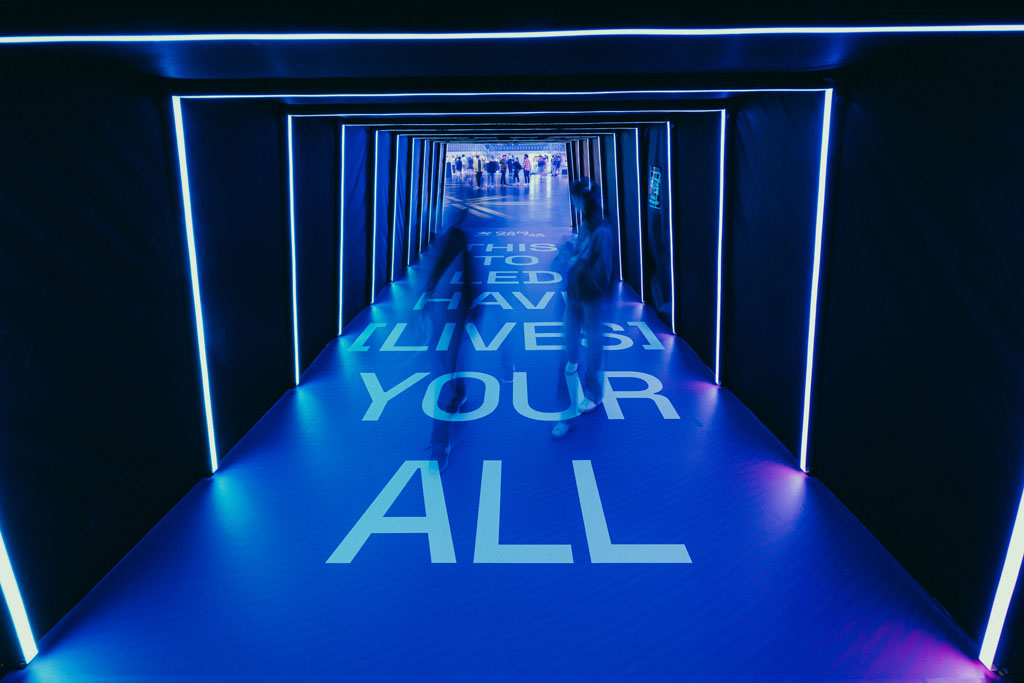
The idea came from a stalled collaboration. “We wanted to be part of another event, and when that didn’t go ahead, we thought; why don’t we do it ourselves?” That decision set the wheels in motion for an event built around real-world interactivity, where RFID technology, live data tracking, and narrative design converged to turn every attendee into an active participant.
The Players
Spark may have initiated the mission, but it took a tightly coordinated alliance to bring Spark Game Arena Live to life. ColensoBBDO served as the creative agency, crafting the visual identity, messaging, and overall narrative that shaped how Spark would interact with the gaming audience. Event agency Spur took on the production brief, overseeing logistics and on-site delivery, while Satellite Media built the Mission Hub app, a digital companion that tracked player points, progress and the unfolding in-game storyline of ‘Killabyte’.
GPP (Global Production Partners) delivered technical design across the arena, while Let’s Play Live brought deep eSports experience as Spark’s gaming partner. PHD New Zealand rounded out the team with strategic media planning that supported the campaign from day one.
Ally Young who led the project for Spark reflects, “Without a gaming background, I wasn’t weighed down by legacy perceptions or Spark’s past experience in the gaming space. I came in with a blank perspective and focused on getting the job done. The rest of the team were all gamers, I relied on them heavily as my experts.”
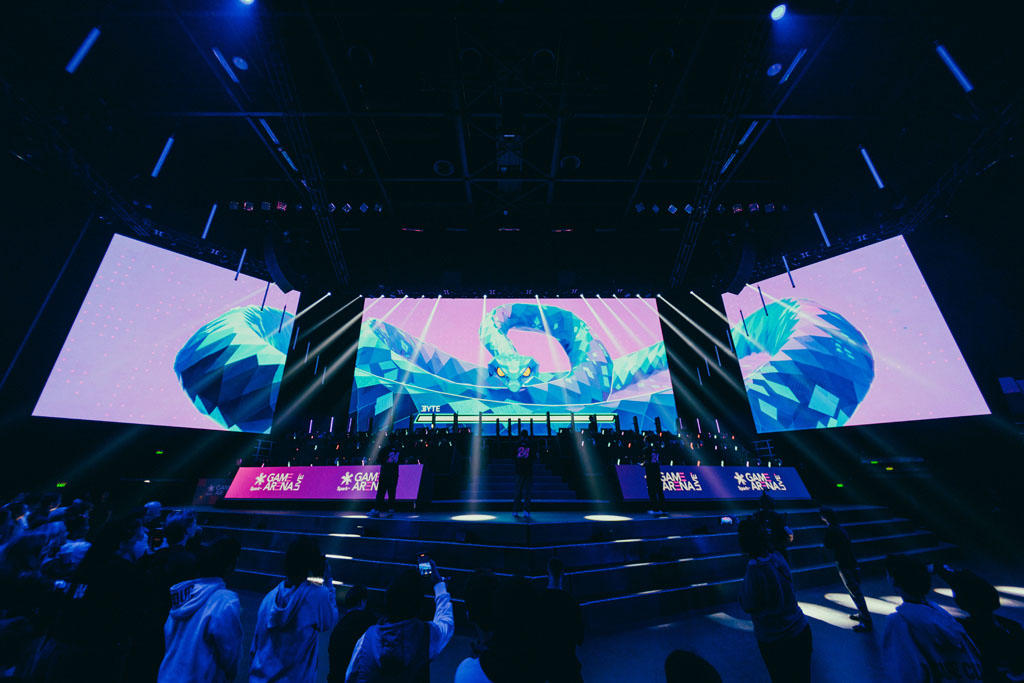
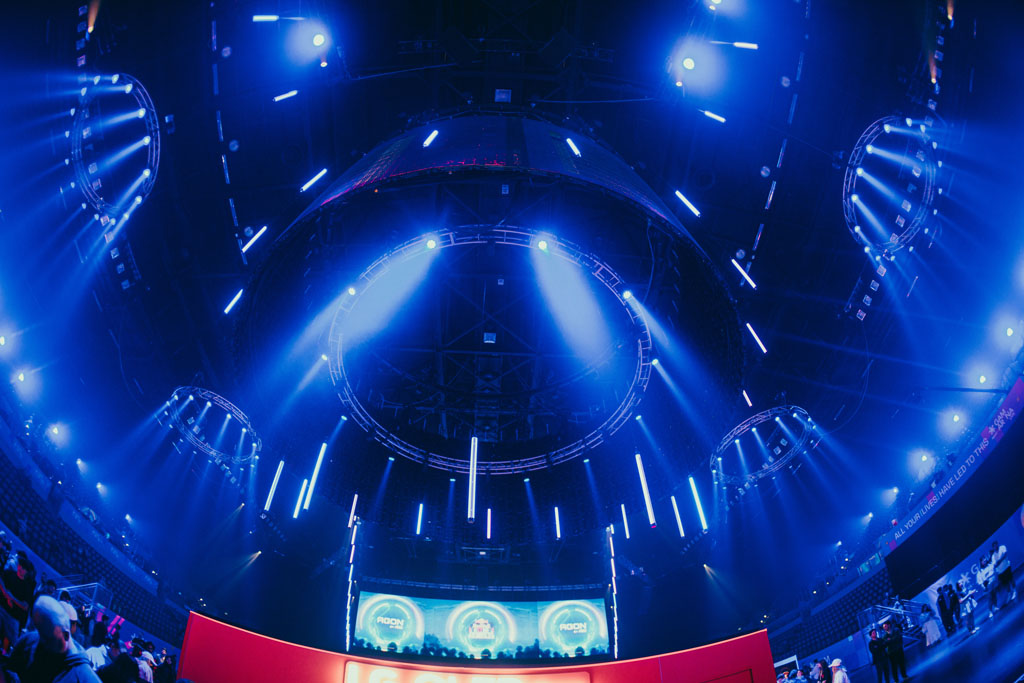
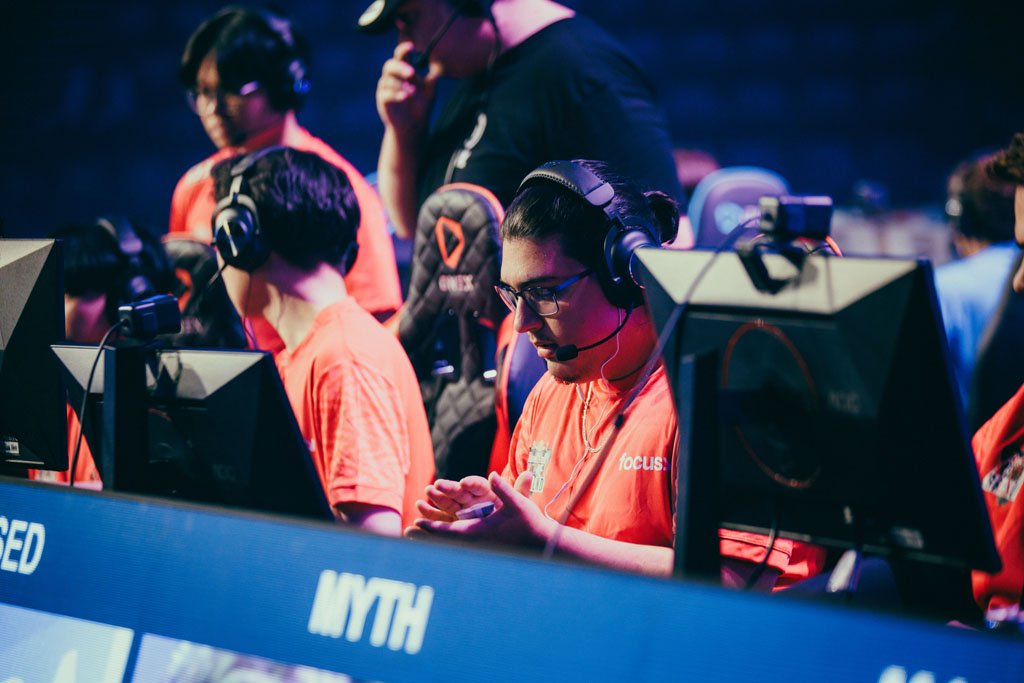
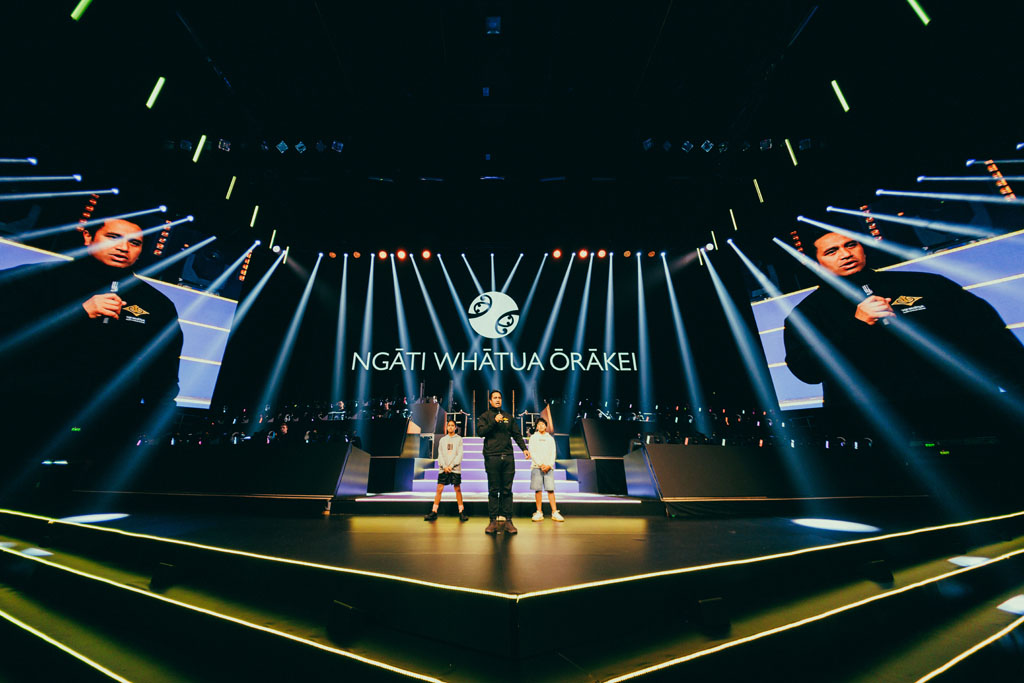
Into the Arena
For one day only, Spark Arena was transformed into a real-world playground for gamers. From the moment they entered, attendees were absorbed into a multi-layered environment where every action counted. RFID wristbands, called Exabands, became weapons, touchpoints became gameplay, and the Mission Hub mobile app served as the player’s dashboard, tracking experience points (XP), side quests, and the unfolding narrative of a digital threat lurking within the venue.
Attendees found themselves recruited into D.A.R.T. – the Data Anomaly Response Team – and faced with a choice: walk through the visual experience or opt into the game and become part of the story. From scanning sponsor activations and buying food, to spectating eSports matches and visiting gaming booths, every interaction earned ‘Damage’ against the festival’s antagonist, Byte, part of a broader in-venue quest experience.
“Everything was part of the game,” says Ally. “If people were visiting a sponsor’s area, they would scan and earn Damage. If they bought a hot dog, they’d earn Damage.”
The day was split into two sessions: a family-friendly run from 9am to 2pm, followed by an R16 session from 3pm to 9pm. “It worked really well for our sponsors,” Ally explains. “Red Bull didn’t want to provide samples in the under-16 session, and the later session let us include more mature content.”
Anchoring the morning schedule was the Rise Cup, a national Fortnite tournament with over $250,000 in prizes – the biggest of its kind ever held in New Zealand. “It gave local gamers a world-class platform. Something they’d normally have to travel overseas for.”
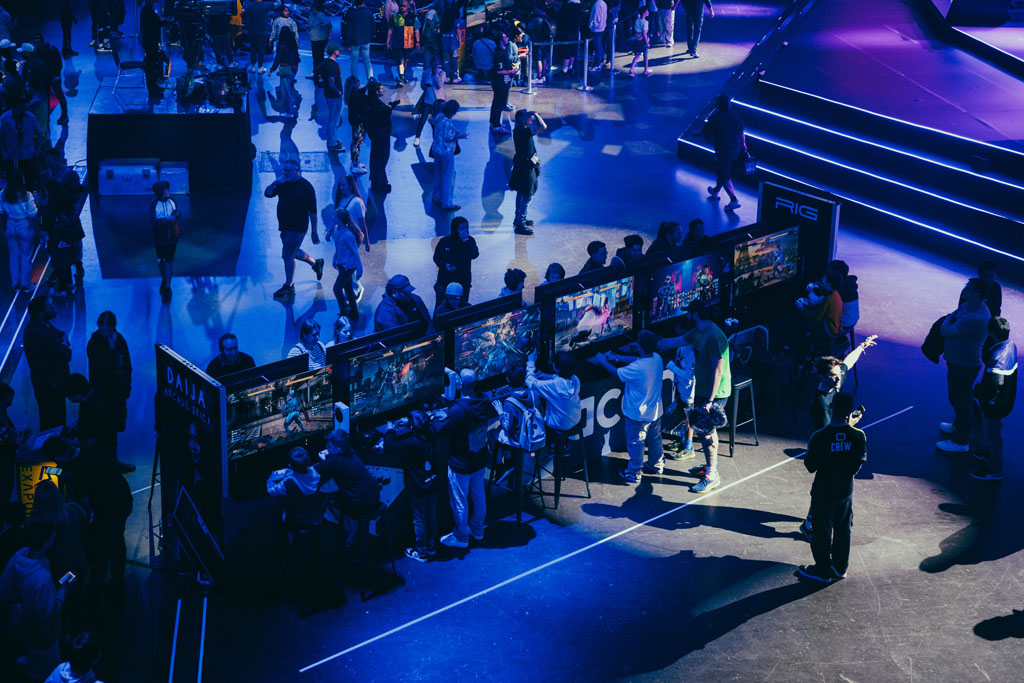
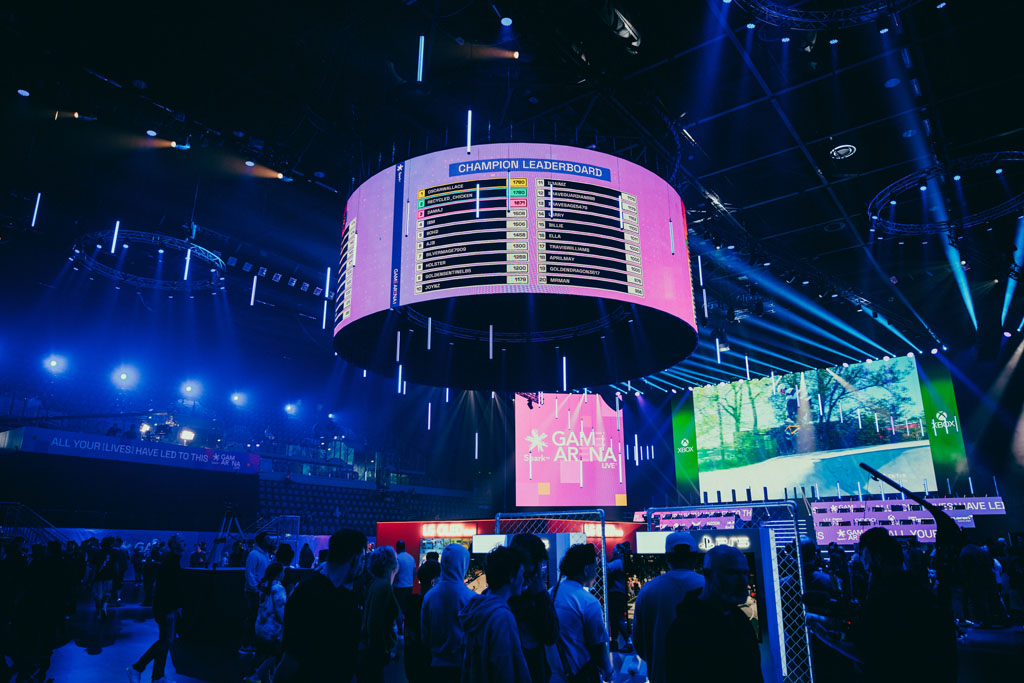
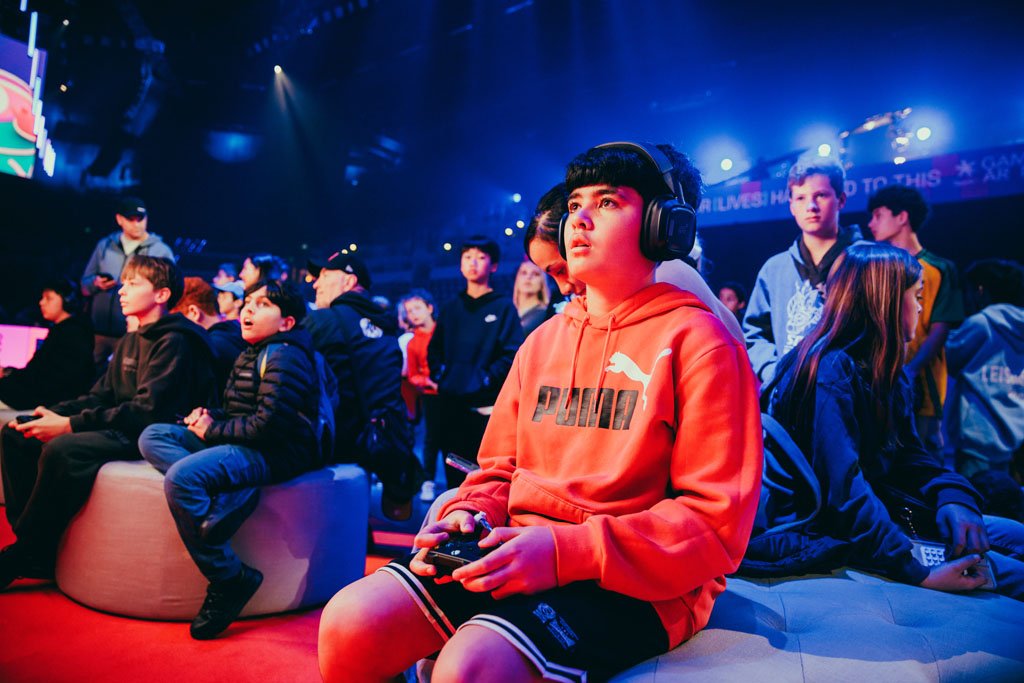
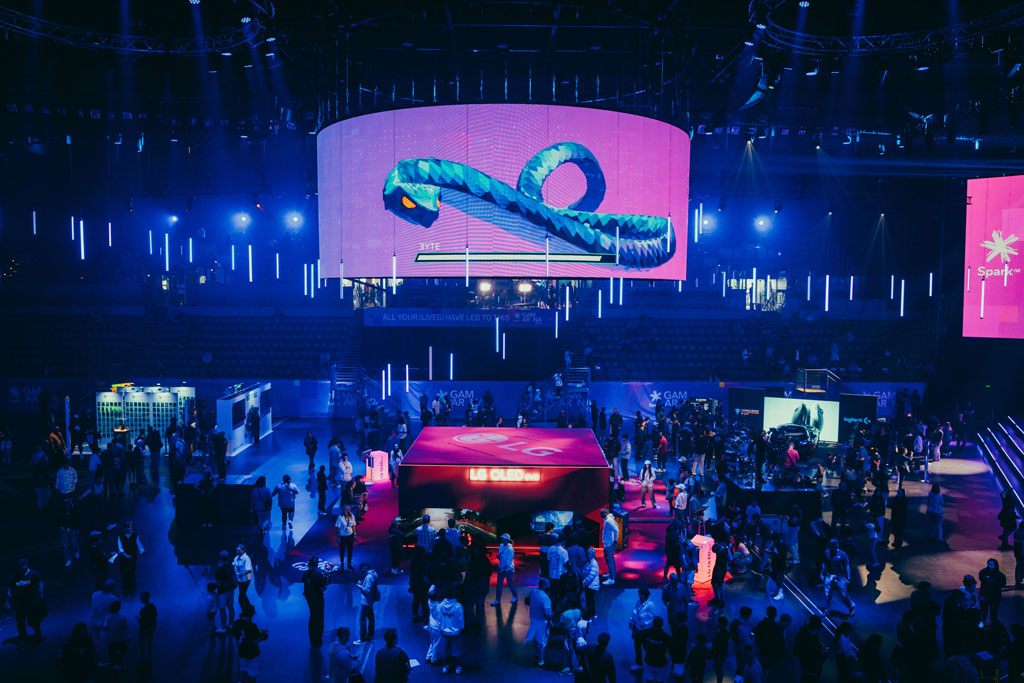
The Side Quest: Killabyte
Every great game has a side quest. Layered beneath the surface of Spark Game Arena Live was a continuous, venue-wide experience called Killabyte, an underlying boss fight narrative threaded through the day’s experience.
Designed by Colenso, the game drew inspiration from a Spark-era icon – the Nokia 3310’s Snake game. That familiar digital serpent was reimagined as ‘Byte’, a mischievous glitch trying to pull the festival offline and drag players back to the era of black-and-white pixels.
Every attendee had the option to play. On arrival, they were handed an RFID wristband that let them scan in at various touchpoints around the arena – activations, food stalls, viewing areas – earning ‘Damage points’ against Byte. “We called it a side quest,” says Ally. “You could dip in and out, and it worked alongside the rest of the event.”
Killabyte was more than a leaderboard gimmick. Around 30 minutes into each session, the arena lights dimmed and Byte appeared on the overhead screens, briefly taking over the space. These programmed moments kept the in-game story front of mind and helped anchor the sense of collective participation. Players could track their progress via the Mission Hub app, and those who explored further found hidden Byte scales to scan, unlocking extra points and deeper narrative threads.
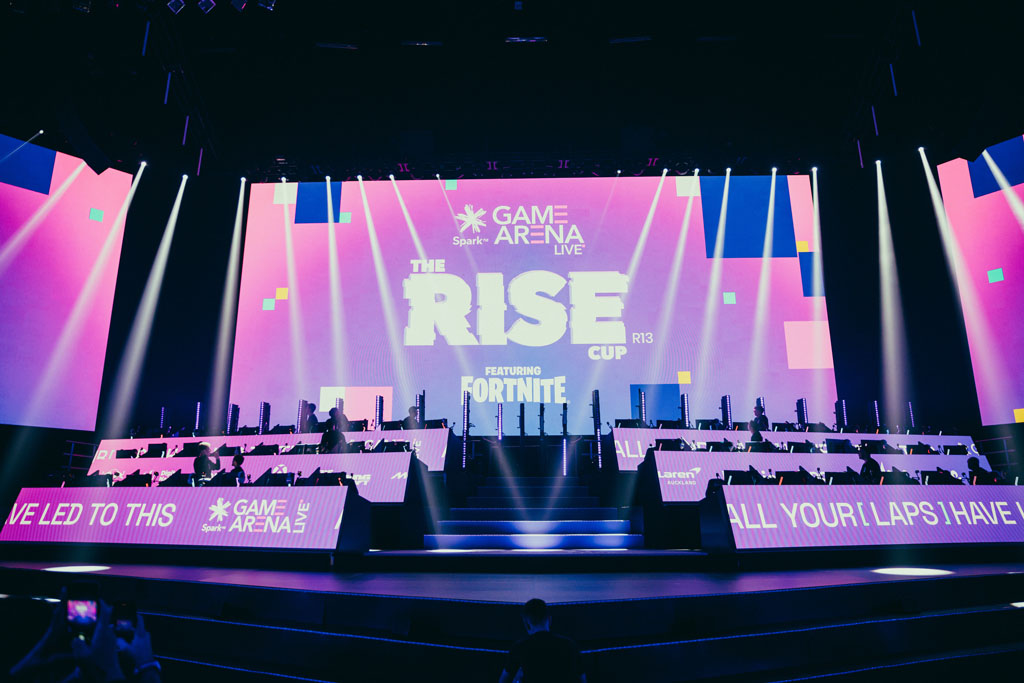
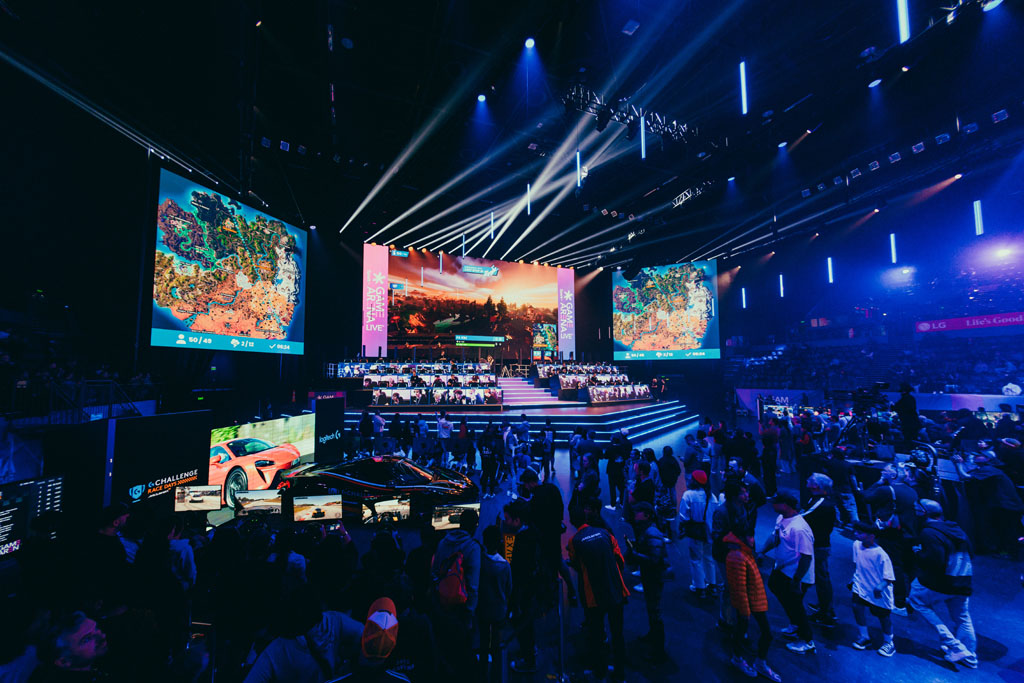
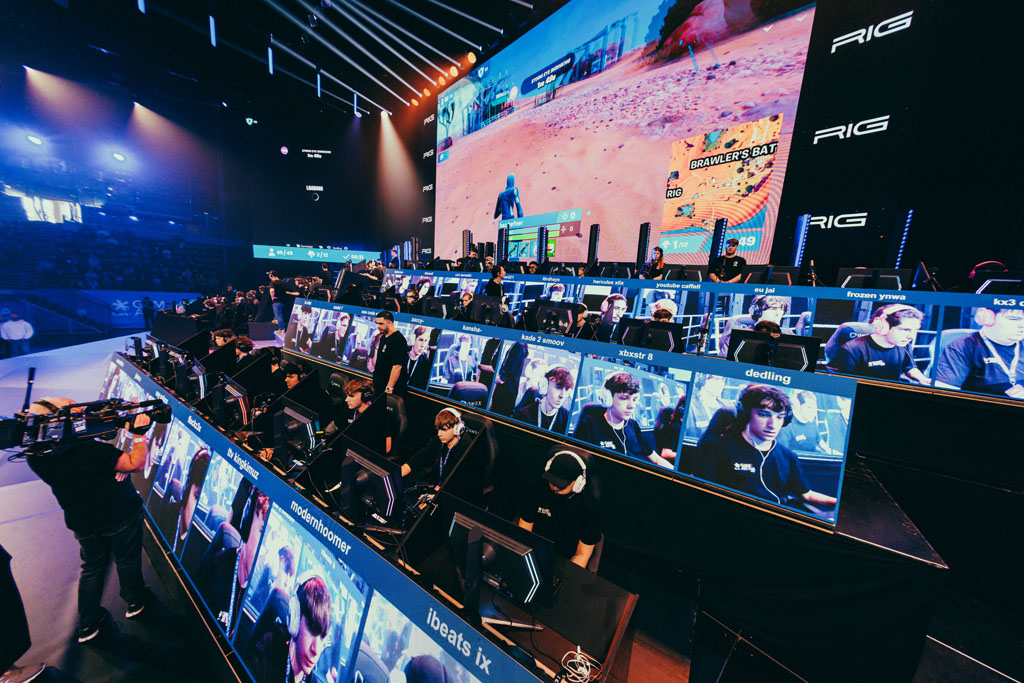
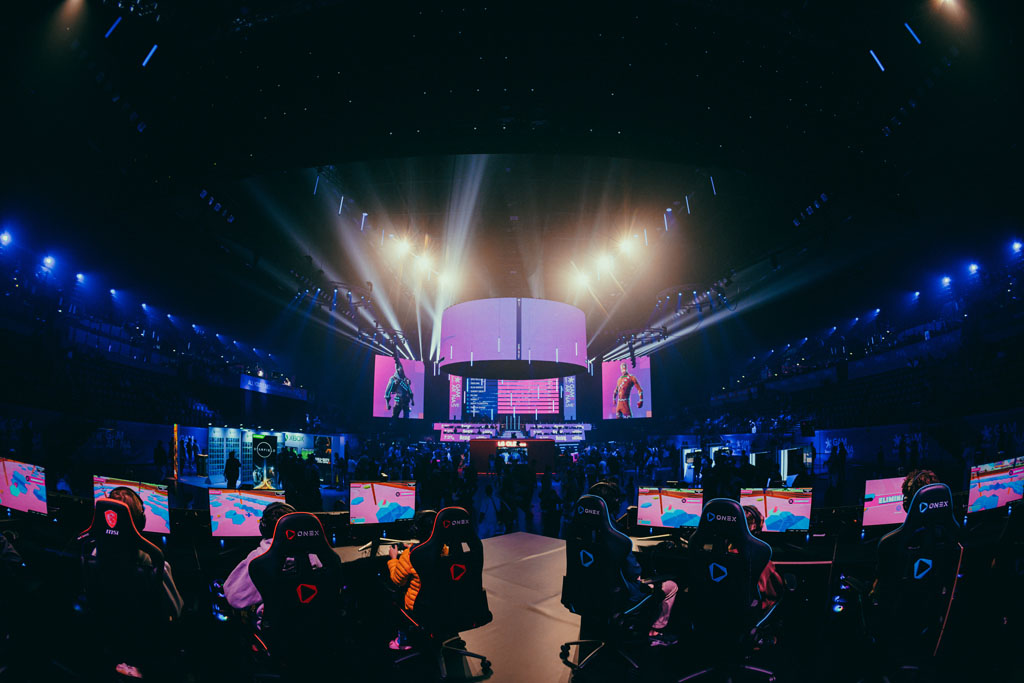
Power-Ups and Player HUDs
While the gameplay concept came from Spark and Colenso, it was GPP who translated that vision into physical space. From the moment attendees walked in, LED walls, lighting sequences, and screen content wrapped the arena in the visual language of a live-action video game.
GPP were tasked with designing and delivering the audiovisual backbone of the experience, including broadcast infrastructure, LED layouts and the all-important show flow. Their work enabled not just Byte’s arena takeovers, but also the seamless integration of the Rise Cup tournament across physical and digital channels.
The result was a production that felt part eSports broadcast, part immersive theatre – high-spec, responsive, and built to scale with audience behaviour. From syncing RFID-triggered animations to managing stage transitions between tournament play and Killabyte encounters, the AV team played a pivotal role in holding the event’s hybrid format together.
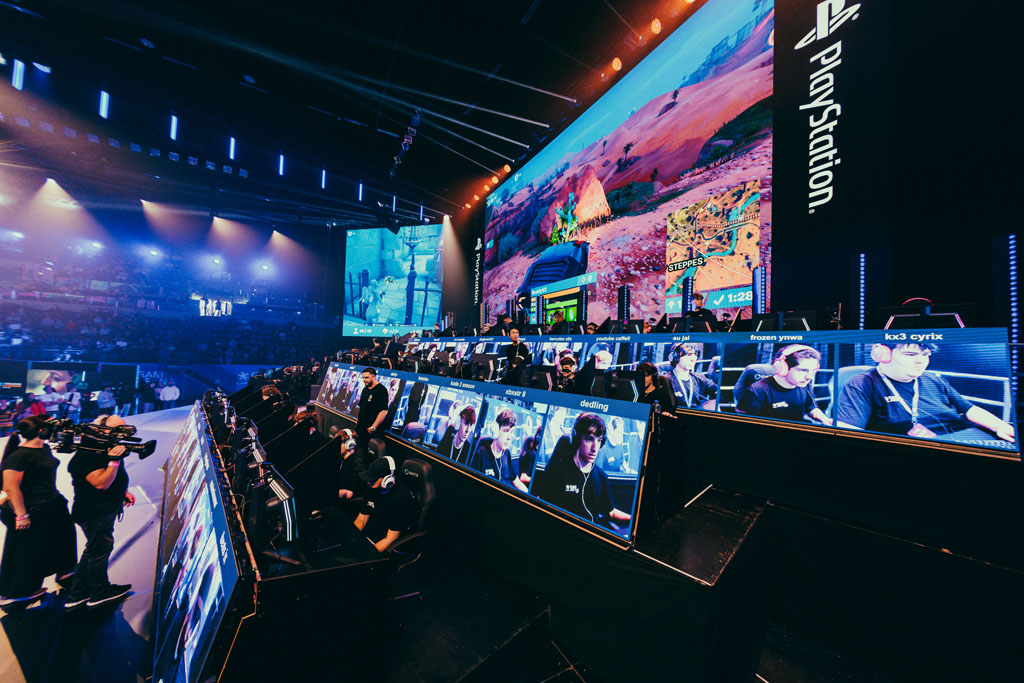
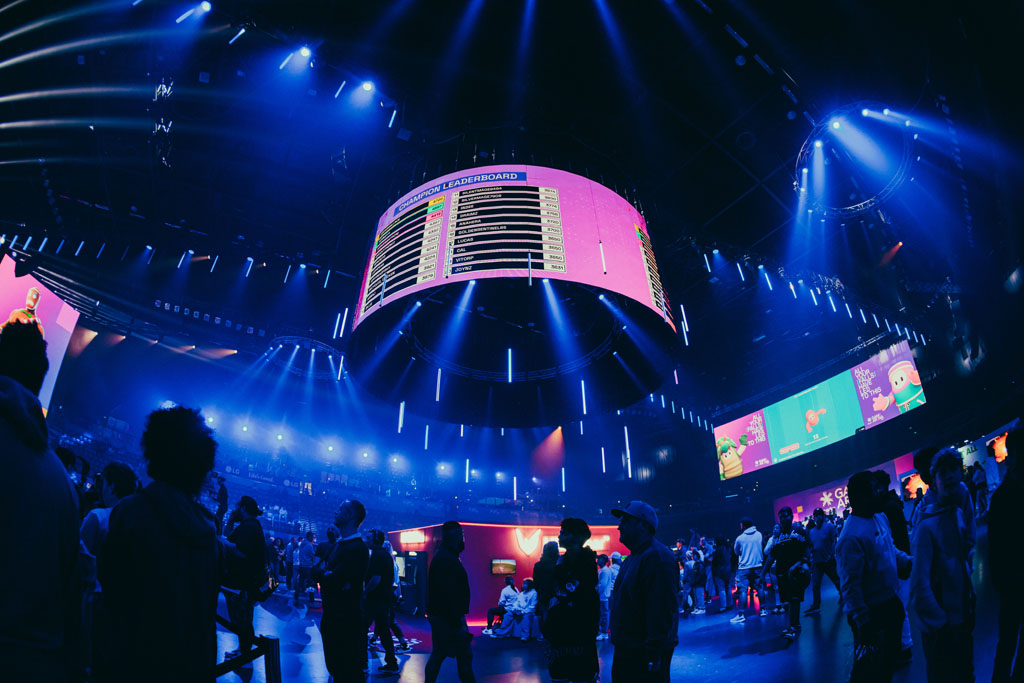
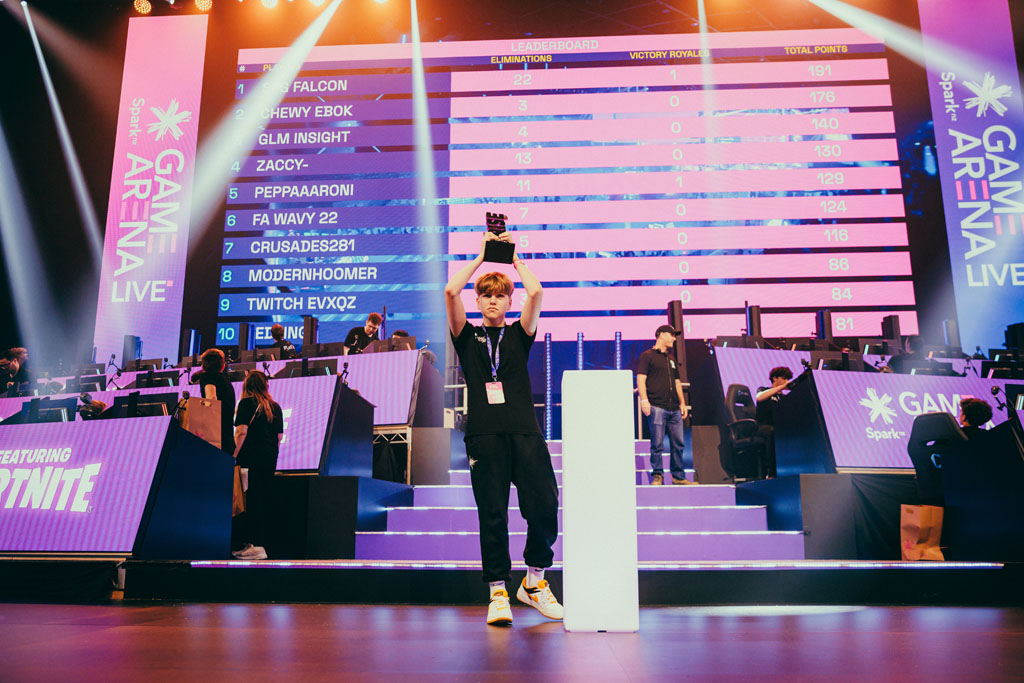
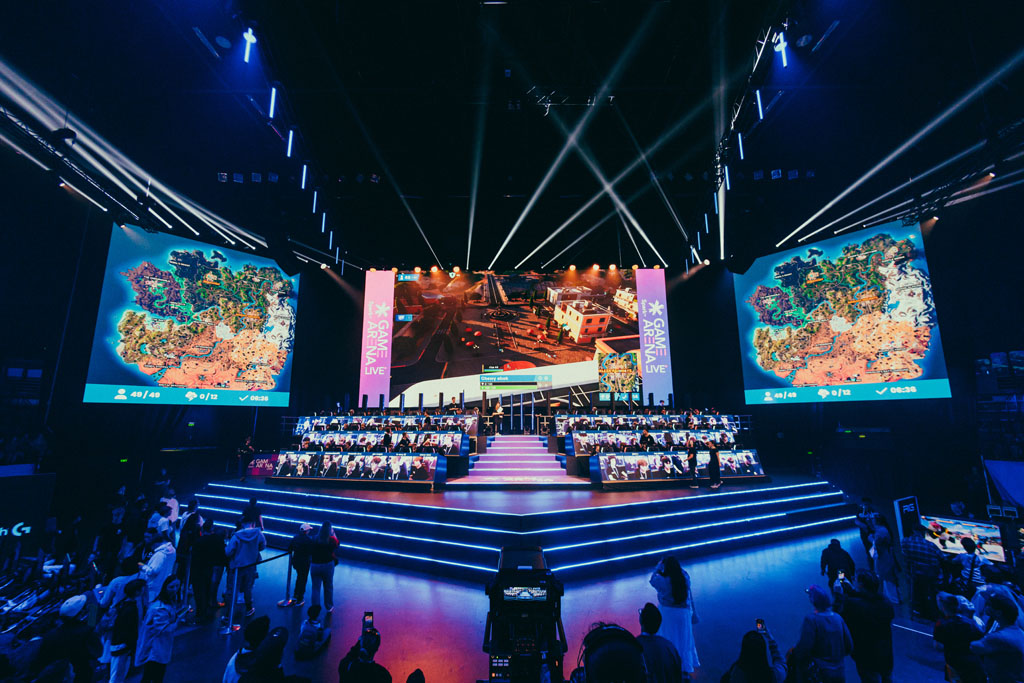
Final Score
By the time the final leaderboard lit up, Spark Game Arena Live had done more than deliver a gaming festival, it had sparked international attention. With over 20,000 RFID scans logged, 4.5 million ‘Damage points’ dealt to Byte, and hours of active engagement per player, the gamified format proved a hit with both attendees and the wider gaming community.
For Ally, the impact was immediate and unexpected, “During the event, the CEO of the NZ eSports Federation told me he was getting messages from other federations asking, ‘What’s happening in New Zealand right now?’ It went global very quickly.”
That buzz was underpinned by a technically smooth run, even in the face of interference. The Fortnite Rise Cup tournament survived nine separate DDoS attempts in three hours. Spark’s network security team repelled every one of them.
Across the day, engagement with the Killabyte experience far exceeded expectations. The average player spent 13 minutes in the Mission Hub, while top participants stayed active for over 90 minutes. Byte’s final defeat, announced through synchronised lighting, audio and screens, was met with a crowd-wide celebration.
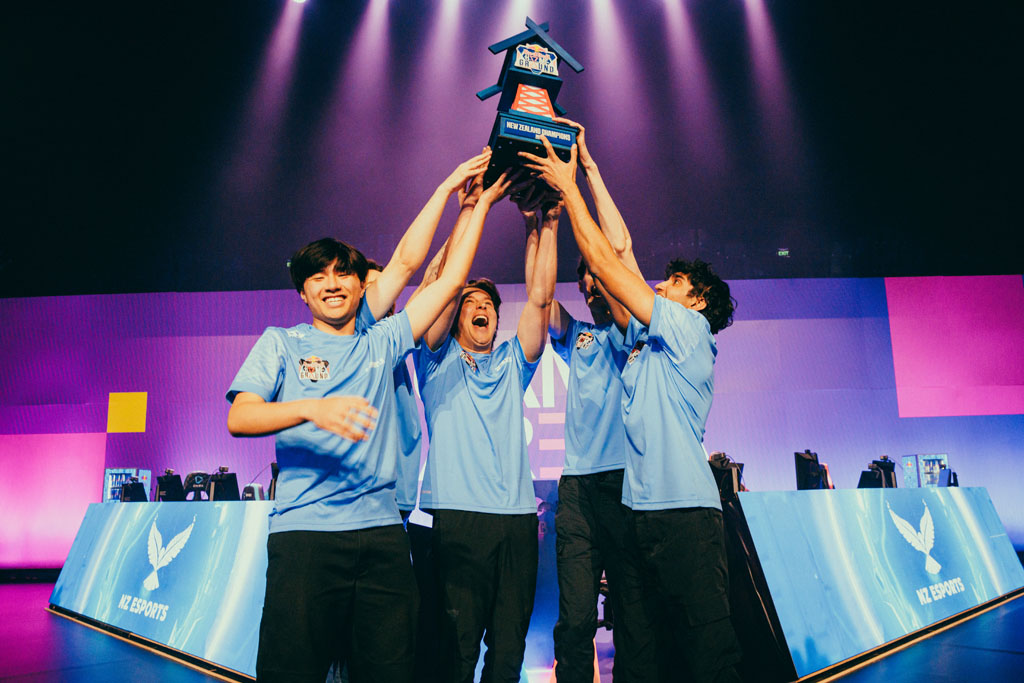

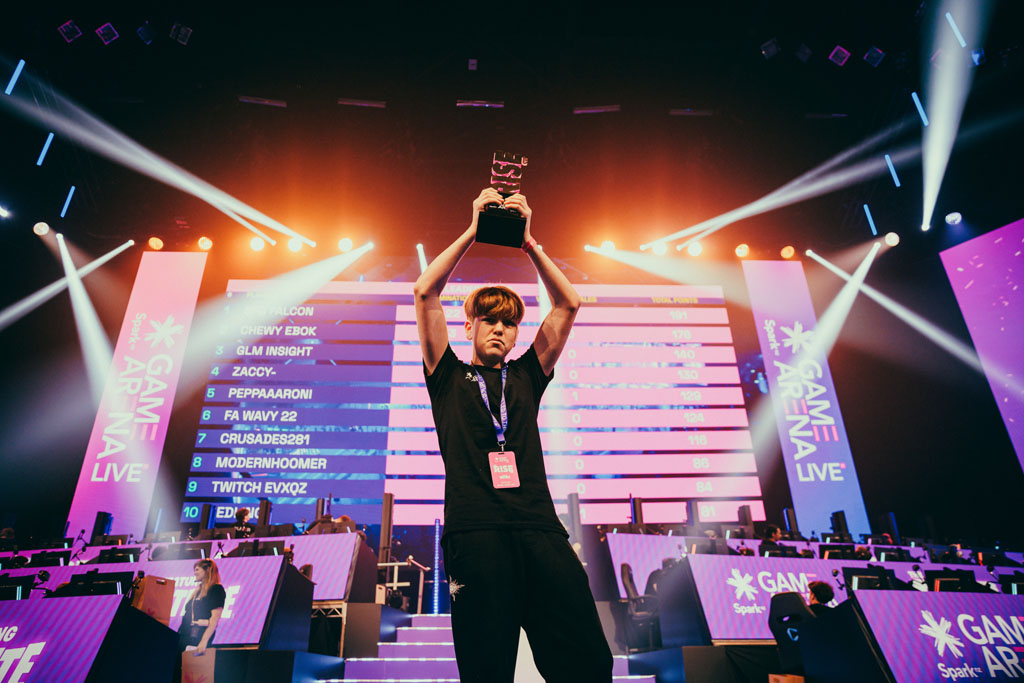
Boss Level
Behind the spectacle, Ally’s team was faced with the challenge of convincing big sponsors to buy into something unproven. For Spark, the biggest hurdle wasn’t technical, it was trust. “We were asking them to trust us based on a pitch deck,” says Ally. “But they did, which was amazing.”
It wasn’t just sponsors that needed convincing. Winning over the gaming community presented a different kind of resistance. “Gamers are naturally sceptical of big brands,” she notes. “They’ve seen companies try and fail to enter the space before, so we knew we had to earn their respect.”
Spark’s answer was to build the event around the audience, not the brand. By designing every element – from RFID gameplay to the Fortnite Rise Cup – with the player experience in mind, they positioned themselves as enablers, not intruders.
And it paid off. “They showed up. They played. And they left buzzing. That’s when we knew we’d done it right.”
Continue? Yes/No
For Spark, the success of Game Arena Live was about more than just event day metrics. It was about making a statement; that Aotearoa’s gaming scene deserves global-grade experiences, built locally and tailored to the players who make up nearly 80% of the population. “We wanted people to feel like they were part of the global gaming community. And we saw that happen right here.”
The impact was personal, too. “Walking in and seeing everything come to life, watching kids pull their curious parents around, totally immersed, that was huge for me,” Ally reflects.
As for what’s next, the appetite is there but Spark is keeping quiet for now. Whether Spark continues as lead or plays support next time, one thing is clear: what started as a one-off pitch turned into a blueprint for what gaming festivals could look like in Aotearoa.
GAME SAVED
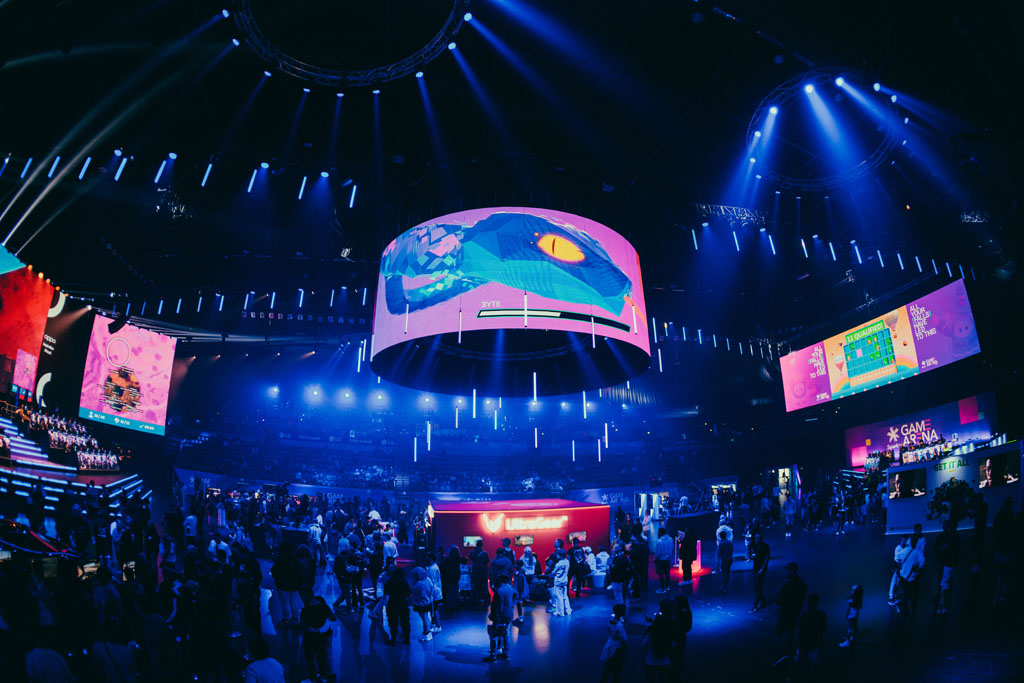
Subscribe
Published monthly since 1991, our famous AV industry magazine is free for download or pay for print. Subscribers also receive CX News, our free weekly email with the latest industry news and jobs.


